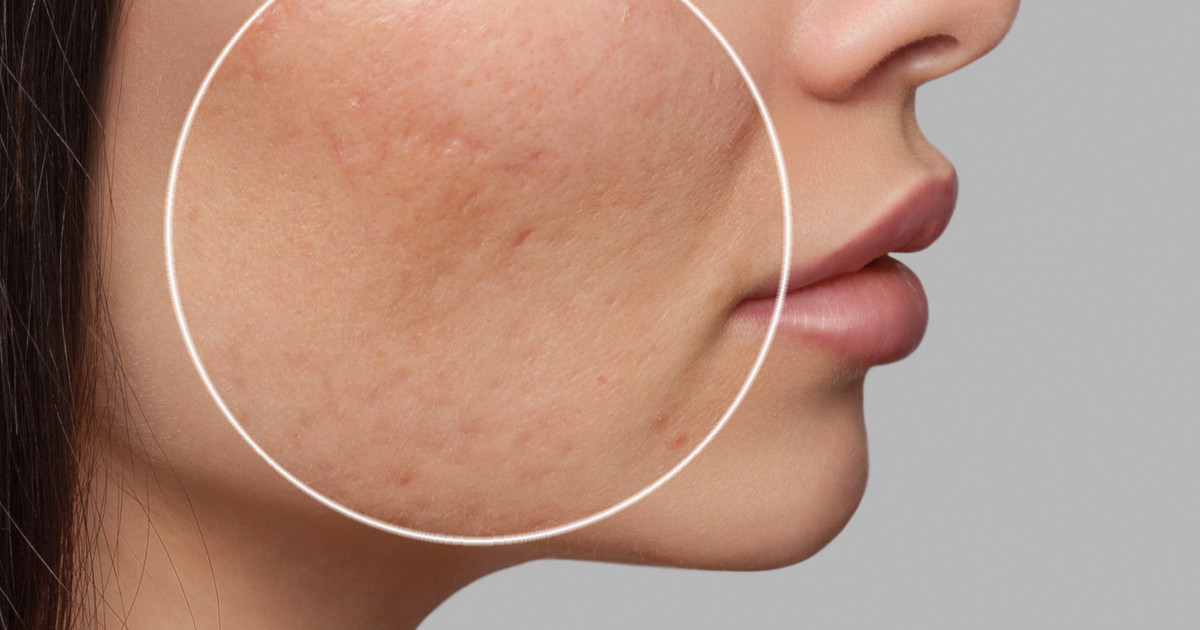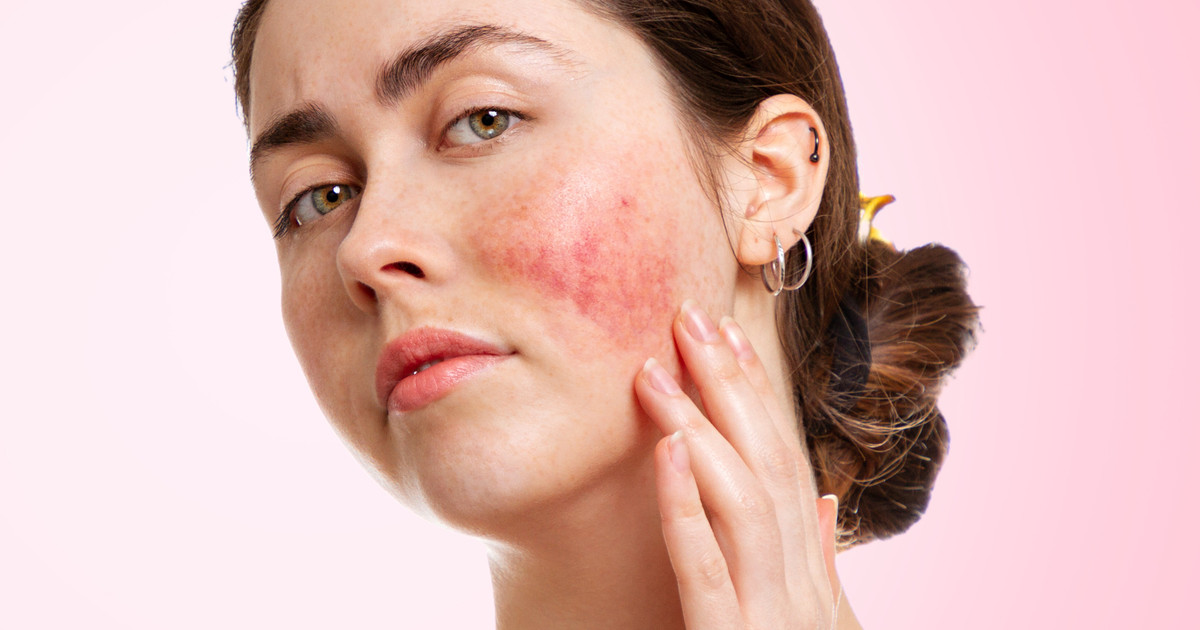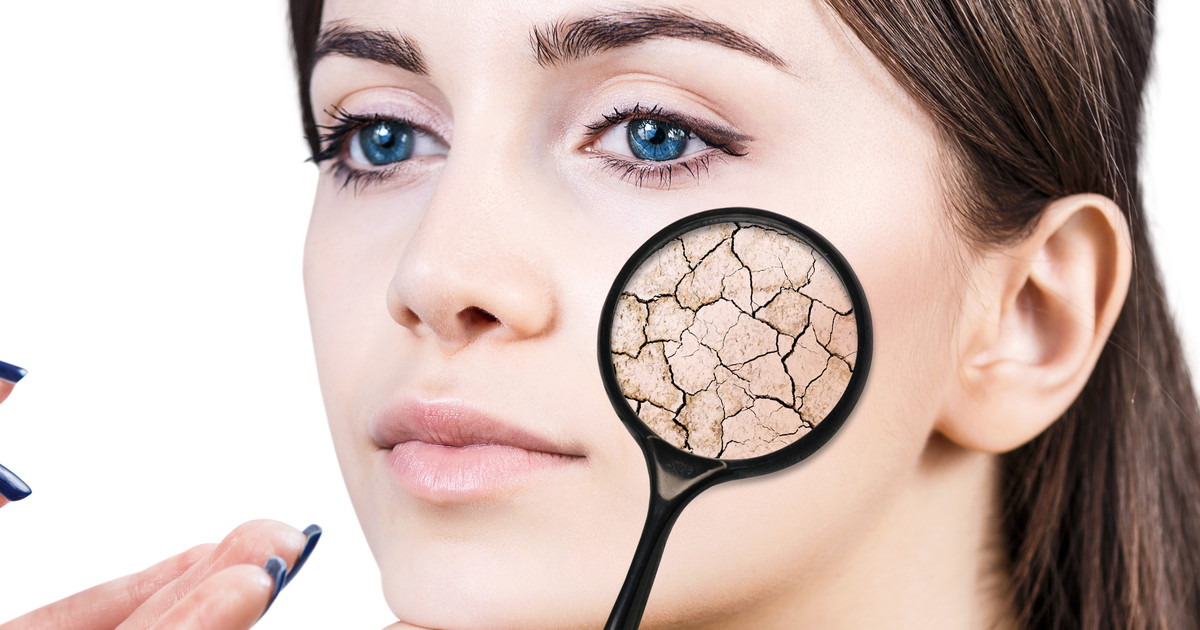What Is Azelaic Acid?
Azelaic acid seems to be a topical medication. Individuals may receive it as a foam, cream, or gel. Doctors may ask patients to apply this medication in a thin layer twice a day. Patients appear to need follow-up appointments when they use this medication. This may help their doctor monitor their progress and adjust their dose as necessary. However, patients may want to inform their doctor if they do not see improvement in one to three months, depending on their condition.
Doctors may recommend azelaic acid as a prescription acne treatment. It seems to work as an acne scar treatment as well. However, some individuals may try other treatments for acne. This appears to include antibiotics for acne and acne home remedies. This medication may also be a rosacea treatment. Of course, patients may need to understand how this medication works first.
How It Should Work
Azelaic acid seems to be a dicarboxylic acid. This type of medication may lower how much keratin a patient's body creates. Keratin may trigger the growth of bacteria that may result in acne. Thus, taking azelaic acid may help with this. It appears that this medication may also prevent an action that may be responsible for turning cathelicidin into LL-37, a skin peptide. If this happens, patients may find that it reduces swelling caused by rosacea.
Reports indicate that this medication may also be a tyrosinase inhibitor. This should mean that it reduces melanin synthesis. Thus, azelaic acid appears to help patients deal with skin discoloration and hyperpigmentation.
Continue reading to reveal the potential uses next.

Potential Uses
Azelaic acid may help treat acne. It seems that it works on mildly to moderately inflamed acne. This medication may help make acne less visible. It appears to do this by reducing skin irritation and redness as it lowers inflammation. Azelaic acid may destroy acne-causing bacteria in the patient's pores also. Some individuals seem to benefit from using this medication for acne scars as well. It may help because some reports indicate that it can boost the turnover rate of skin cells. This may result in faster healing. Some individuals appear to take this medication to lighten hyperpigmentation. It also seems to treat melasma.
Azelaic acid may help treat rosacea as well. It should reduce swelling and how visible a patient's blood vessels are under their skin. This medication may replace hydroquinone for some patients. However, patients may want to talk to their doctor about this medication first. This seems to be particularly important when it is being considered for 'off-label' use.
Discover the possible side effects next.

Possible Side Effects
Azelaic acid appears to cause several possible side effects. Skin changes may be the most common. One example seems to be a tingling or burning sensation after application. Patients may deal with itchy, red, or dry skin too. Skin peeling appears to be another possible side effect. Less common side effects seem to include blisters, swelling, skin flaking, severe redness, and soreness. Patients may want to keep their doctor informed about all of these side effects. However, they may need to tell their doctor immediately if this medication causes their skin to lighten where they applied it. A reaction such as this may require them to stop using azelaic acid.
Some patients may be allergic to azelaic acid. If this is the case, possible symptoms seem to include difficulty breathing and hives. Tongue, lip, or face swelling may also occur. Emergency care appears to be necessary if individuals experience these symptoms. Rare side effects may include a hoarse voice, tightness in the chest, an elevated heart rate, fever, joint pain, and eye swelling. Patients may need their doctor to evaluate them if they see these effects.
Get information on the potential precautions to take for this medication next.

Potential Precautions
Azelaic acid does not appear to be safe for patients with some conditions. Some individuals may find that it worsens their asthma. These individuals seem to need additional monitoring because of this. Stopping this medication may be necessary in some cases. Patients may see dry skin or irritation on this medication. Due to this, they may want to avoid using skincare products that have the same side effects. Astringents and cleansers with alcohol may be examples of such products. The foam and gel forms of this medication may mean that patients must avoid chemical peels and abrasive products too.
The foam version of this medication seems to be flammable. Patients may want to avoid applying it around open flames. They should consider avoiding smoking during application too. Patients should be able to apply makeup after this medication. However, they may need to wait until it has dried to do so. Applying a bandage does not seem to be recommended in most cases. Doctors seem to ask patients to avoid hot drinks, alcohol, and spicy foods when taking this medication if they are prone to side effects.
Uncover the possible medication interactions next.

Possible Medication Interactions
Azelaic acid does not appear to have severe medication interactions. However, it may have mild ones. Thus, patients may want to talk to their doctor about every medication and supplement they take. They may want to include topical products on this list also. Azelaic acid seems to interact mildly with isotretinoin. Acne patients may see more side effects if they use both medications. This may include more redness, dryness, and peeling.
Using products and medications at different times may help patients avoid interactions. Lower doses appear to be another option. Unfortunately, some patients may need to avoid using other products when they are already using azelaic acid.
